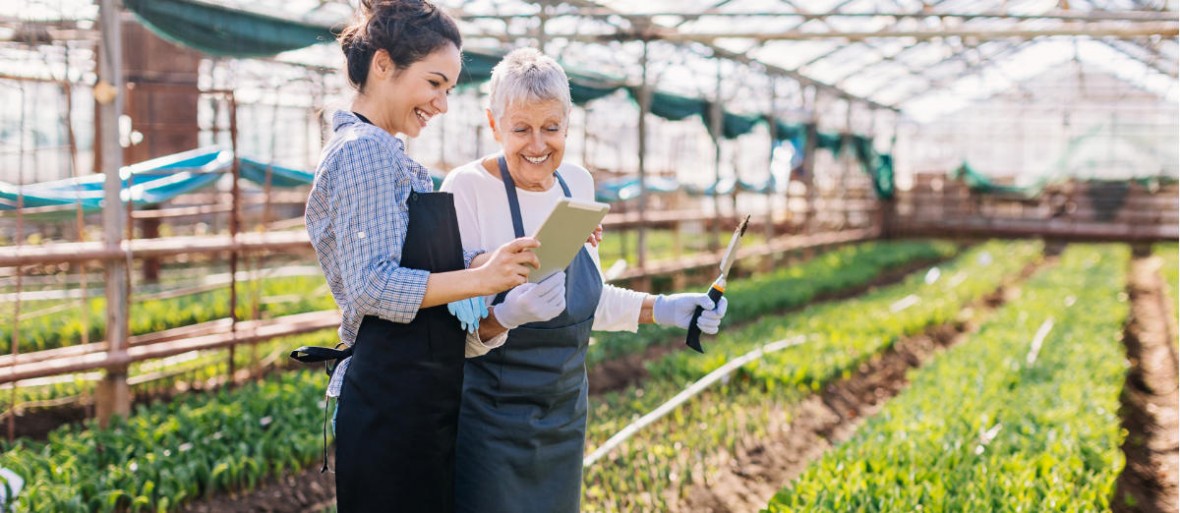Sustainability has always been at the heart of REI’s aspirations; Lloyd and Mary Anderson founded the retail equipment co-op in 1938 and they began selling ice axes and other mountaineering gear at a Seattle gas station. Today, the leading provider of outdoor recreational equipment supports 6 million members across the country through 150 retail stores as well as e-commerce services. In fact, that growth led to the construction of its newest distribution center at a 34-acre site in the Phoenix suburb of Goodyear, Arizona. REI recently shared its sustainability best practices for distribution center design at the ProMat Show.

The Goodyear facility is the synthesis of a collaborative design approach between stakeholders, and a project that fit with the sensibilities of the outdoor goods retailer. REI "approached it as an opportunity to improve energy efficiency, limit our impact on natural resources and make a more comfortable workplace for our employees."
The 400,000 square foot facility is currently the only distribution center in the U.S. which is both 0 net energy as well as LEED (Leadership in Energy and Environmental Design) Platinum. Platinum is the highest LEED designation for sustainable building design offered by the U.S. Green Building Council rating system.
An important step in the project was to bring project designers, equipment providers, and others into a room to develop trust and open lines of communication. Another crucial part of the process was to explore outrageous ideas in an uninhibited way. Some "off the wall" thoughts were too extreme, such as a suggestion to make the walls of the warehouse out of Styrofoam, considering what impact such a move would have for its cooling system. Others led directly to successful outcomes.
Renewable Energy: A rooftop 2.2-megawatt solar system at the Goodyear building generates enough electricity to power the operation. With a payback of 4.7 years and an expected lifetime of 25 years for the system, the company is looking to enjoy free energy for 20 years.
Water Conservation: The company installed a solar powered, non-evaporative cooling system. It reduces the need for millions of gallons of water annually while keeping employees at a comfortable 78 degrees F., versus conventional rooftop air conditioning units typically used in large warehouses. The biggest demand for water at the Goodyear facility is in refilling employee water bottles. The company is also supporting restoration work on the nearby Verde River.
Eco-Friendly Building Features: Energy-friendly features appear throughout the building, including its solar powered air conditioning system, conveyors which automatically shut off when no items are present, and LED lights with motion sensors. Other aspects include the user of laptops versus desktop computers (lower energy usage), as well as no-water urinals and low-flush toilets. Outside, drought-tolerant landscaping is supported by underground drip irrigation. After two years, irrigation will be no longer needed and will be shut off.
REI executives urge sustainability efforts to start with understanding your current energy and water usage rather than immediately jumping to solutions such as switching to laptops or installing low-flush toilets. Whether you are in the warehouse retrofit stage or new building construction, they believe that by analyzing current and projected demands, some unexpected wins are achievable. In the case of the Goodyear project, they sought to understand the energy requirements of all equipment to be chosen and coordinate that knowledge with the final design of the solar system. Thorough project planning and management are at the heart of sustainability improvements for distribution centers.
"What are the most important miles you run in a marathon?" REI executives asked at ProMat. "The 400 training miles. The same holds true for project management. If you put your work in on the front end, you will have a much better race and a much better outcome."
Stay up to date
Want the latest fresh food packaging industry knowledge delivered straight to your inbox? Subscribe to our newsletter and get the latest news, trends, articles and more!
